Echeveria leaves curling under and dropping?
AmyTheArtist
10 years ago
Featured Answer
Comments (18)
Colleen E
10 years agolast modified: 9 years agoAmyTheArtist
10 years agolast modified: 9 years agoRelated Professionals
Canton Landscape Architects & Landscape Designers · Cerritos Landscape Contractors · Pahrump Landscape Contractors · Antioch Landscape Contractors · Chatsworth General Contractors · Franklin General Contractors · Haysville General Contractors · Marietta General Contractors · Poquoson General Contractors · North Miami Beach Carpenters · Champaign Decks, Patios & Outdoor Enclosures · Livingston Decks, Patios & Outdoor Enclosures · Pittsburgh Decks, Patios & Outdoor Enclosures · South Milwaukee Decks, Patios & Outdoor Enclosures · Stafford Decks, Patios & Outdoor EnclosuresAmyTheArtist
10 years agolast modified: 9 years agoColleen E
10 years agolast modified: 9 years agoAmyTheArtist
10 years agolast modified: 9 years agoColleen E
10 years agolast modified: 9 years agocactusmcharris, interior BC Z4/5
10 years agolast modified: 9 years agoColleen E
10 years agolast modified: 9 years agoAmyTheArtist
10 years agolast modified: 9 years agoColleen E
10 years agolast modified: 9 years agoAmyTheArtist
10 years agolast modified: 9 years agoAmyTheArtist
10 years agolast modified: 9 years agoColleen E
10 years agolast modified: 9 years agoDanielle Rose
10 years agolast modified: 9 years agocactusmcharris, interior BC Z4/5
10 years agolast modified: 9 years agoColleen E
10 years agolast modified: 9 years agoDanielle Rose
10 years agolast modified: 9 years ago
Related Stories

FEEL-GOOD HOMECurl Up With Some Dreamworthy Nap Spots
Blissful and serene, these envy-inducing settings will put you to sleep, but for all the right reasons
Full Story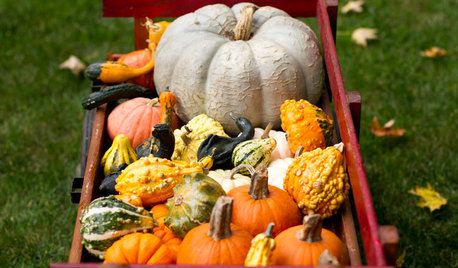
MONTHLY HOME CHECKLISTSTo-Dos: Your October Home Checklist
As temperatures drop and leaves start to turn and fall, prep for winter weather and enjoy the colors of the season
Full Story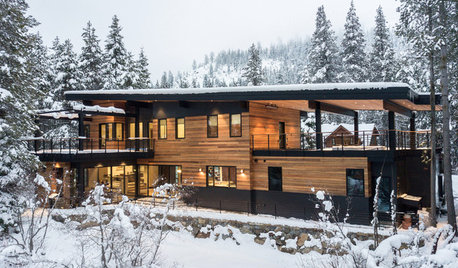
MONTHLY HOME CHECKLISTSYour Winter Home Maintenance Checklist
Keep your home and yard safe and running smoothly as temperatures drop and activity moves indoors
Full Story
BATHROOM DESIGNWarm Up Your Bathroom With Heated Floors
If your bathroom floor is leaving you cold, try warming up to an electric heating system
Full Story
FUN HOUZZ31 True Tales of Remodeling Gone Wild
Drugs, sex, excess — the home design industry is rife with stories that will blow your mind, or at least leave you scratching your head
Full Story
FALL GARDENINGHouzz Call: Show Us Your Fall Color!
Post pictures of your fall landscape — plants, leaves, wildlife — in the Comments section. Your photo could appear in an upcoming article
Full Story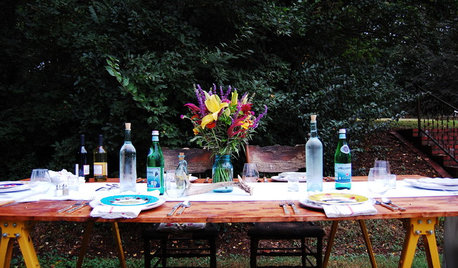
MOST POPULAR20 Ideas for Easygoing Summer Parties
Ditch the fancy and fussy in favor of laid-back entertaining that leaves you more time to enjoy the fun
Full Story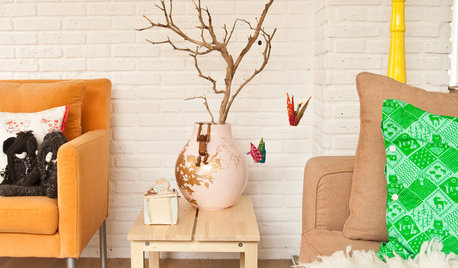
Easy Ways to Dress Up Your Home for Fall
Give your interior a warm autumn feeling with branches, leaves and a burst of orange
Full Story
GROUND COVERSGround Force: 10 Top Ground Covers for Your Garden
Protect your soil from weeds and drought this summer with a living mulch of ground covers
Full Story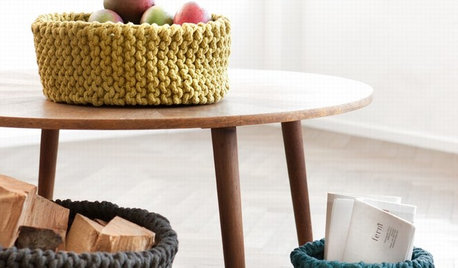
PRODUCT PICKSGuest Picks: Warm and Woolly
Knits aren't just for sweaters and socks! Get cozy with 20 knit pieces for all over the home
Full StoryMore Discussions






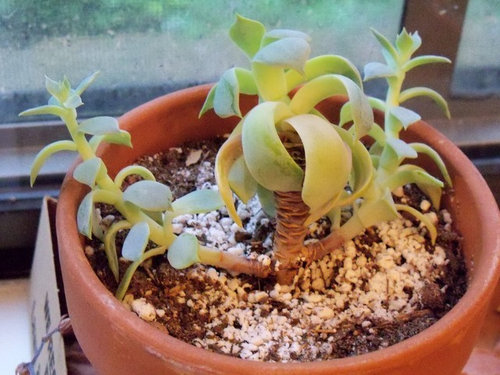
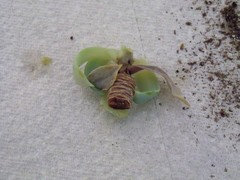
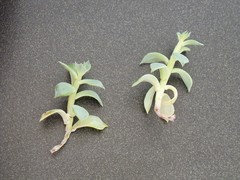
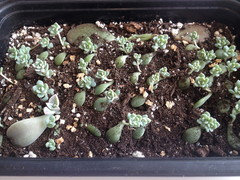
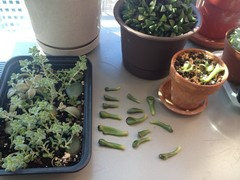
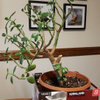


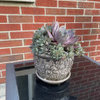
rosemariero